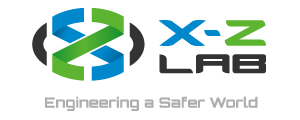With the prevalence of chronic disease, a growing geriatric population, high patient awareness, and the introduction of advanced medical imaging systems and picture archiving and communication systems (PACS), the medical imaging systems market is expected to grow through 2020, according to market research organization Hexa Research, Inc. An aging population becomes more susceptible to illness—especially chronic diseases, which accounts for the majority of deaths worldwide—and need to be diagnosed and treated with the help of medical imaging. The adoption of PACS, which stores and transfers medical images such as CT scans and X-rays, helps drive the growth of the market as well.
As of 2013, the medical imaging systems market is valued at $25.7 billion and is predicted to grow at a compound annual growth rate (CAGR) of 6%. The medical systems imaging market is segmented by product type into stationary, handheld, and portable X-ray devices; ultrasound; computed tomography (CT); open and closed magnetic resonance imaging (MRI); nuclear imaging; and high-, medium-, and low-slice scanners. The market is also segmented by technology into digital radiography; computed radiography systems; 4D and 5D imaging; and X-ray systems. Of these, X-ray devices and computed radiography hold the largest market share as the industry shifts from analog to digital systems. Additionally, SPECT and PET promises the fastest CAGR of 7% over the next five years. North America dominates the market, while Asia looks promising for additional growth in the upcoming years.
The increasing demands for medical imaging systems calls for advanced technology. Utilizing our patented multivoltage threshold (MVT) algorithm, X-Z LAB provides all-digital, state-of-the-art equipment to handle medical imaging needs, such as the BDM | PET Detector Module, ideal for PET/CT and PET/MRI, and RadTarge II | Electronic Personal Dosimeter for radiation safety. Through this technology, lives of patients and healthcare workers can be saved.
